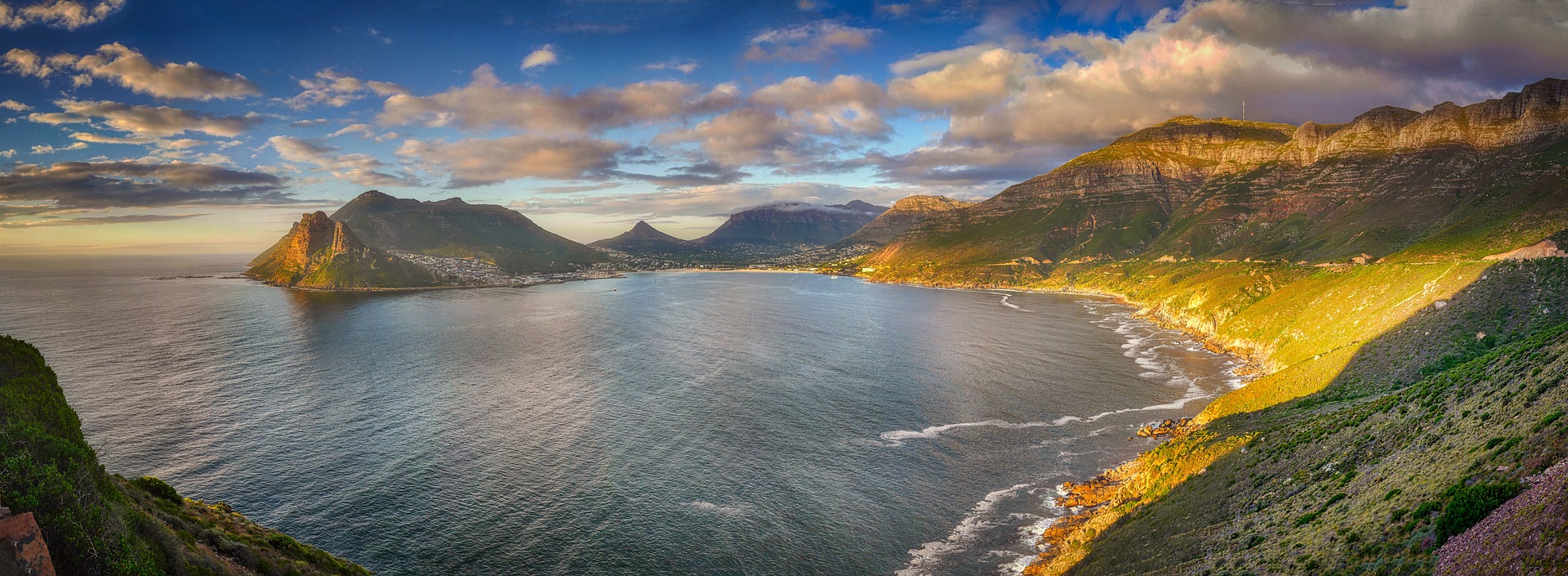
Islam at the Cape
It was as a by-product of European colonialism that Islam came to the Cape of Good Hope. When the steady spread of Islam down the east coast of Africa was checked in the 16th and 17th century by the inexorable colonial push into the Indian Ocean, Divine Providence decreed that the southern tip of the African continent shall receive the light of Islam through another means, wholly unconventional and quite unprecedented. It was brought to these shores by neither conquering armies nor voluntary missionaries, but by political prisoners and enslaved men who had once been free.
Islam’s first century at the Cape was one of survival against huge odds. Its second century saw the coalescence of the Cape Muslims into a fledgling community that asserted its presence through the founding of the earliest masājid and rudimentary madāris. During its third century this isolated community began to re-establish contact with the heartland of Islam in the Middle East. Its sons began to travel to those lands for their religious education, returning as scholars.
The fourth century of Islam at the Cape brought, on the one hand, an increase in travel abroad and elsewhere for Islamic education. On the other, it gave birth to the idea of establishing centres of learning within this region that would serve not only this community but reach a level of such excellence that students from other parts of the world would be attracted.
The legacy of the Shāfiʿī school of Islamic law to which this community stood heir, coupled with it being situated at strategic geographic, geopolitical, and linguistic crossroads, made this region uniquely qualified to become an international centre of Islamic learning.
